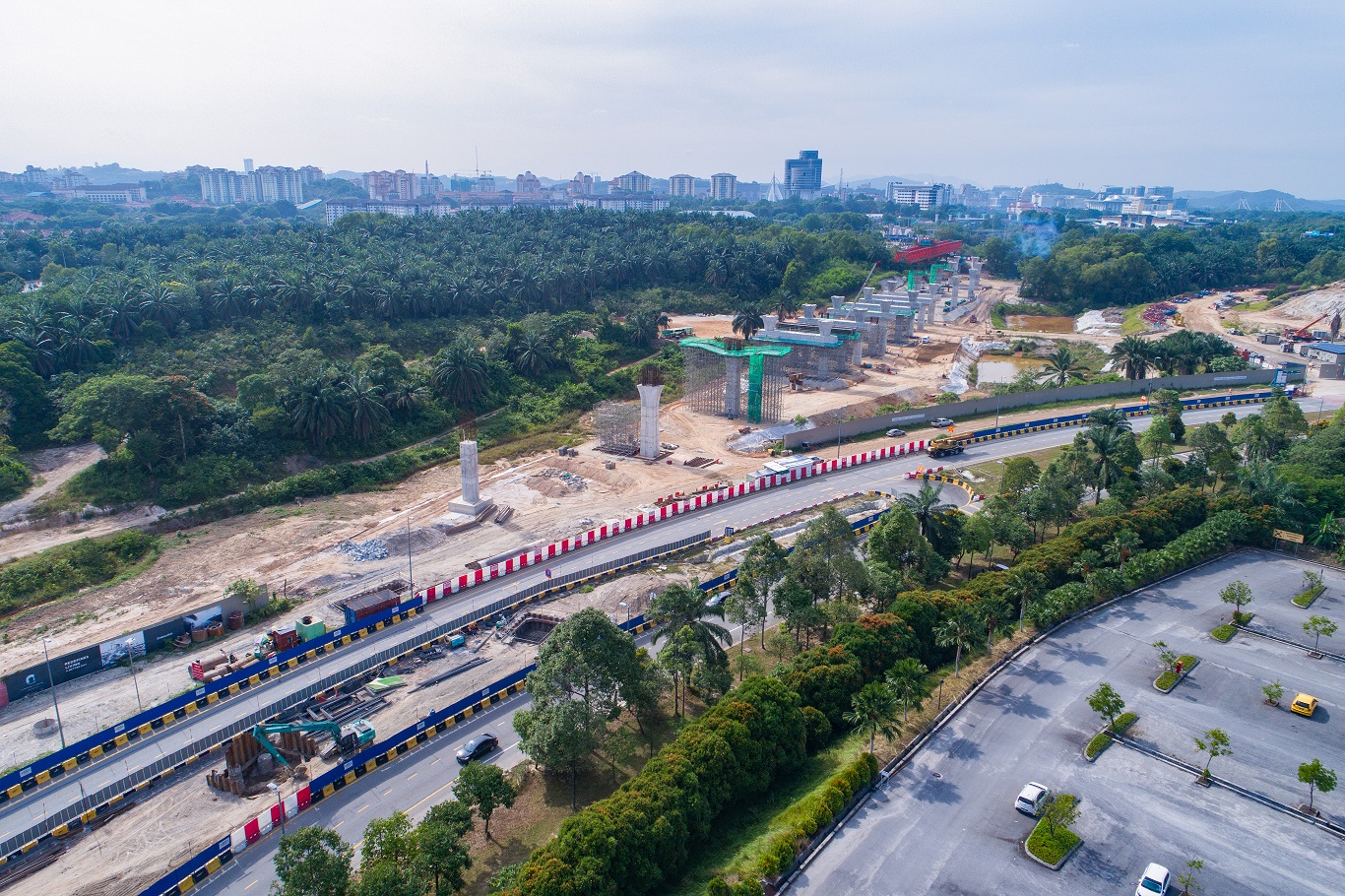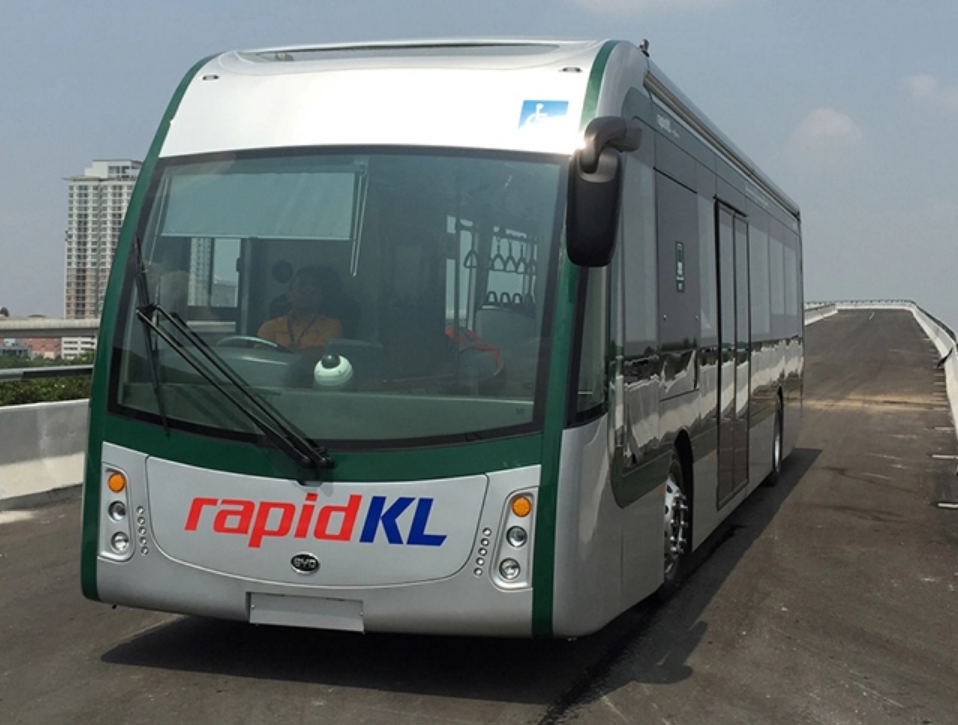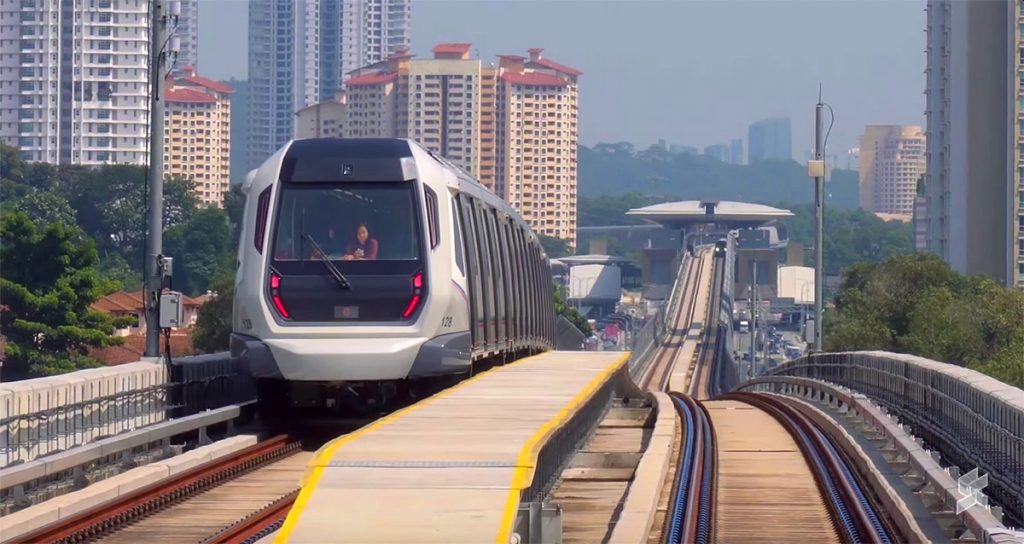PHASE 1 of the MRT Putrajaya Line (previously known as the Sungai Buloh–Serdang–Putrajaya Line and MRT 2) is now completed and started operations on June 16, 2020 whereas Phase 2 – which connects Kampung Batu to Putrajaya – is tentatively scheduled to open in January 2023.
As it is, MRT 3, or better known as MRT Circle Line, has yet to commence works.
By 2030, there would be an “outer” ring rail link or “loop”/circle line for Kuala Lumpur that intersects with the existing Sungai Buloh–Kajang (SBK) Line (MRT 1) and MRT 2. This provides for greater connectivity for commuters and travellers both in Greater Kuala Lumpur as well as within the capital city.
But the shift in emphasis on public transportation infrastructure should already move from the rail network to bus network.
Improved connectivity all around Malaysia – and not just Greater Kuala Lumpur/Klang Valley – should be the main focus of upcoming public transportation projects.
By right, bus networks do not have limitations; we were the ones who set these limitations. In contrast, the rail network has intrinsic constraints such as the inability to service all/every populated area (high and low) and access remote destinations.
As such, we need a paradigm shift and new vision – one in which the rail and bus network systems are only differentiated by the type of operation (ie. road and track, respectively) and availability.
In other words, we need the rail and bus network systems to “converge” in the other respects such as ease, convenience, comfort and sophistication, thus making both modes of public transportation “partners” or peers in the parallel services.
Towards that end, we need to elevate and upgrade the image of the bus network system to be on par with the rail.

We also need to rethink a bus rapid transit (BRT) network system in which buses deployed along “primary routes” can integrate with buses operationalised for “secondary routes” for first-mile and last-mile connectivity.
These primary route buses would serve as feeder buses, and therefore, seamless “integrators” (for the transfer of commuters and passengers) for secondary route buses.
In a previous EMIR Research article, we suggested that the previously cancelled Greater Kuala Lumpur/Klang Valley Bus Transformation Plan (BTP) be revitalised and revamped according to the recent public transportation developments.
Based on the BTP model, it’s envisioned that there should be a “central spine” – which is the Federal Highway – for inter-city commuting and travel. There would be dedicated bus lanes on both sides.
There’s also a need for dedicated lanes – where possible – for the secondary routes.
Towards that end, EMIR Research would like to recommend several policy measures to improve on the bus network system in Malaysia:
- Upgrading bus stops, constructing more terminals, etc
First, as stated earlier, there’s a need to upgrade the bus network system to be on par with rail transit infrastructure.
We need to ensure that all bus stops in city centres are upgraded or redeveloped into becoming mini-terminals.
These mini-terminals should be covered with glass – to provide protection and comfort – as well as access via automatic sliding doors. They would also have their own hotspots for Wi-Fi connectivity for enhanced convenience.
At the same time, inside the mini-terminals would be the electronic boards containing the schedule of routes and bus numbers alongside real-time information of journey times and estimated time of arrivals (ETAs).
There should also be a one-stop or single app by Rapid KL that will enable quick registration for travel passes and access to routes and other info that are contained in the electronic boards inside the mini-terminals except perhaps real-time information, and serve as a digital or e-pass.
Later, selected high volume mini-terminals could only be accessible via QR code scanning or placing a smart card (includes our National Registration Identity Card/NRIC) on the reader.
To ensure additional space and enhance the appeal of the bus network system, the mini-terminals could multi-storied to allow passengers and commuters to have an “upper” view.
The glass and wall of the mini-terminals can be rented out as advertising space alongside utilised for public service announcements (PSAs) and messaging, thus earning additional income for local authorities.
In addition, there should be a mini terminal at every interval along the “central spine” of the BRT network system. As such, we also need to ensure that the mini-terminal along the Federal Highway is connected to a bus stop for secondary routes via a mini pedestrian bridge.

- Replicating the BRT network
Secondly, we need to replicate and duplicate the Sunway BRT system in selected inner-city areas of Greater Kuala Lumpur and beyond (standalone) as well as for seamless inter-city connectivity in supplementing and complementing the “central spine” of the Federal Highway.
Costing around RM634 mil, the 5.4km elevated BRT line circles the Bandar Sunway area.
The total cost of establishing the TransMilenio BRT network costed approximately US$1.761 bil (RM7.1 bil) for a 114.4km integrated bus network that spans across the whole city.
The budget allocated for the MRT 3 project (RM31 bil) could have been used to build four BRT networks with the same quality as the TransMilenio BRT network.
A BRT does not have to be elevated and the execution should be adjusted/modified according to the spatial context.
Notwithstanding, ideally, an integrated BRT network should have a mixture of elevated paths and dedicated bus lanes on existing roads, including the construction of median (ie. middle-of-the road) pathways/corridors.
Certain routes in Kuala Lumpur leading into the city centre like Sprint and the NPE can potentially have median lanes for buses – in addition to cities like Putrajaya and Cyberjaya.
Meanwhile, the LDP, for example, would have dedicated bus lanes albeit not necessarily uninterrupted on either left or right with certain distance allowance given for non-buses before making the switch.
Where bus lanes are unsuitable, elevated pathways should be constructed with examples potentially including cities like Ipoh, Johor Bahru and Kuching.
The bus network should be able to make the transition to become the central spine of public transportation itself in tandem with the introduction and streamlining of eco-friendly and green initiatives such as electric power and hydrogen as sources of fuel.
This would reduce carbon emissions emanating from roads and expressways and also in line with our aim to be a carbon neutral nation by 2050. – June 17, 2022
Jason Loh Seong Wei and Rosihan Addin are part of the research team of EMIR Research, an independent think tank focused on strategic policy recommendations based on rigorous research.
The views expressed are solely of the author and do not necessarily reflect those of Focus Malaysia.









